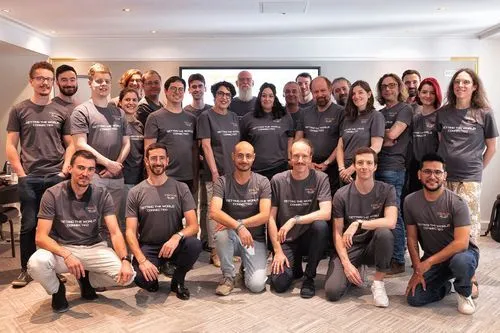VDI vs RDP: A Practical Decision Framework (Costs, Risks & How To Supercharge RDS With or Without VDI)
VDI vs RDP: a practical decision-making framework to examine costs, risks and requirements. Discover how to supercharge RDS with or without VDI.
Would you like to see the site in a different language?
RDS TOOLS BLOG
As employers respond to the ongoing COVID-19 coronavirus pandemic, many are implementing work-from-
)
As employers respond to the ongoing COVID-19 coronavirus pandemic, many are implementing work-from-home policies and establishing situational teleworking opportunities for their employees. While remote-work technology can provide opportunities to improve employee working conditions and facilitate ongoing work during this crisis, it can also create potential liabilities for businesses.
Within a few weeks, the Coronavirus pandemic has upended personal and business life around the world.
Millions of people are now forced to work from home full time, usually with little preparation and using whatever equipment and workspace are available to them… In many cases, this means using a personal laptop or a poorly secured mobile device. Unfortunately, the security of these devices is outside of the direct control of the business’ IT department. This brings significant risks both for employees and employers…
Remote access software is a double-edged sword. If anything goes wrong and a hacker gets access to it, they will have full access to the company. Sadly, scammers, cyber-crooks and rogue nations are out in full force seeking to exploit these new, often naive, remote workers.
The FBI recently issued an alert about a substantial rise in remote desktop protocol (RDP) attacks. They warned that criminals have developed new techniques to hack RDP sessions. Ransomware attacks remain also a very serious threat. The French government’s cybersecurity team CERT-FR was the first agency to sound the alarm. The security agency explained that a gang of ransomware attackers is targeting several local government networks in the country!
Using Remote Access increases the number and types of access points into the business' network, and thus necessarily increases the number and types of incursion points that may be misused. That is why these points must be efficiently secured, or the business risks losing control over critical data and incurring liability.
To assist in securing systems used, among others, for home office purposes, RDS-Tools has developed RDS-Knight, a unique cyber-security toolset dedicated to ensuring the safety of Remote Desktop use. RDS-Knight offers up to seven vital security protections, including:
Combined with basic precautions such as strong passwords and two-factor authentication, this tool is the best solution to reduce the risk of compromise.
RDS-Knight exists in two editions for different needs: Essentials (four features) and Ultimate Protection (seven features). A trial version allows organizations to test the security tool for 15 days for free. Thanks to the Security Event Log, it is possible to check RDS-Knight's powerful action immediately after installation.
Simple, Robust and Affordable Remote Access Solutions for IT professionals.
The Ultimate Toolbox to better Serve your Microsoft RDS Clients.
 Get in touch
Get in touch
